Related Research Articles

Jesu, der du meine Seele, BWV 78 is a church cantata of Johann Sebastian Bach. He composed the chorale cantata in Leipzig for the 14th Sunday after Trinity and first performed it on 10 September 1724. It is based on the hymn by Johann Rist.
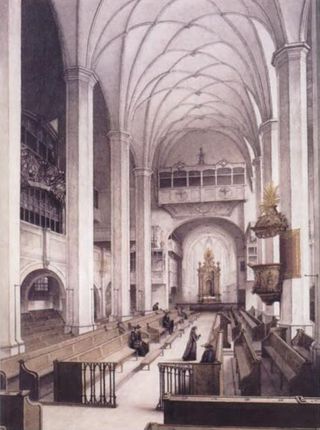
Wer weiß, wie nahe mir mein Ende?, BWV 27, is a church cantata by Johann Sebastian Bach. He composed it in Leipzig for the 16th Sunday after Trinity and first performed it on 6 October 1726.
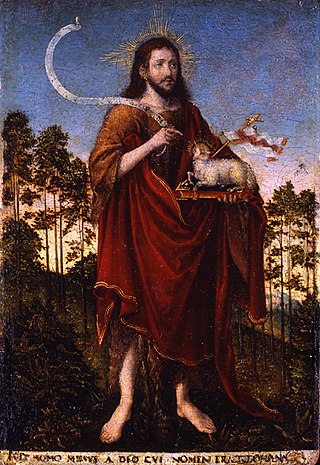
Freue dich, erlöste Schar, BWV 30.2, BWV 30, is a church cantata by Johann Sebastian Bach. It is one of his later realisations in the genre: he composed it for the Feast of John the Baptist in 1738, and based its music largely on Angenehmes Wiederau, a secular cantata which he had composed a year earlier. Christian Friedrich Henrici (Picander), the librettist of the secular model of the cantata, is likely also the author of the sacred cantata's version of the text.

O ewiges Feuer, o Ursprung der Liebe, BWV 34, is a church cantata by Johann Sebastian Bach. He composed it in Leipzig for Pentecost Sunday, and it was the basis for a later wedding cantata, BWV 34a, beginning with the same line. Bach led the first performance on 1 June 1727.
Mer hahn en neue Oberkeet, BWV 212, is a secular cantata by Johann Sebastian Bach. It was entitled the "Cantate burlesque" by Bach himself, but is now popularly known as the Peasant Cantata. It is the last definitely dated Bach cantata.

Johann Sebastian Bach composed the church cantata Wer nur den lieben Gott läßt walten, BWV 93 in Leipzig for the fifth Sunday after Trinity and first performed it on 9 July 1724. He based the chorale cantata on the hymn of the same title by Georg Neumark (1657). It is part of his chorale cantata cycle.

Wachet! betet! betet! wachet! is the title of two church cantatas by Johann Sebastian Bach. He composed a first version, BWV 70a, in Weimar for the second Sunday in Advent of 1716 and expanded it in 1723 in Leipzig to BWV 70, a cantata in two parts for the 26th Sunday after Trinity.

Himmelskönig, sei willkommen, BWV 182, is a church cantata by Johann Sebastian Bach. He composed it in Weimar for Palm Sunday, and first performed it on 25 March 1714, which was also the feast of the Annunciation that year.

Wo gehest du hin?, BWV 166, is a church cantata by Johann Sebastian Bach. He composed it in Leipzig for Cantate, the fourth Sunday after Easter, and first performed it on 7 May 1724.

Gelobet sei der Herr, mein Gott, BWV 129, is a church cantata by Johann Sebastian Bach. It is a chorale cantata performed on Trinity Sunday 8 June 1727 in Leipzig. Rediscovery of the printed libretto of the cantata in the first decade of the 21st century led to a re-appraisal of prior assumptions regarding the early performance chronology of a few cantatas, including this one.
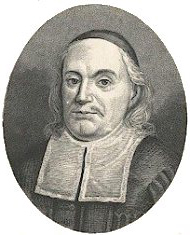
Ich hab in Gottes Herz und Sinn, BWV 92, is a cantata by Johann Sebastian Bach for use in the Lutheran service. He composed the chorale cantata in Leipzig for Septuagesimae and first performed it on 28 January 1725. It is based on the hymn "Ich hab in Gottes Herz und Sinn" by Paul Gerhardt (1647), and is the only chorale cantata Bach based on a hymn by Gerhardt.
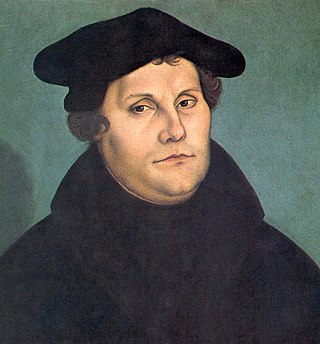
Christum wir sollen loben schon, BWV 121, is a church cantata by Johann Sebastian Bach. He composed this Christmas cantata in Leipzig in 1724 for the second day of Christmas and first performed it on 26 December 1724. The chorale cantata is based on the hymn by Martin Luther "Christum wir sollen loben schon".

Was mein Gott will, das g'scheh allzeit, BWV 111, is a cantata by Johann Sebastian Bach for use in a Lutheran service. He composed the chorale cantata in Leipzig in 1725 for the third Sunday after Epiphany and first performed it on 21 January 1725, as part of his chorale cantata cycle. It is based on the hymn by Albert, Duke of Prussia, published in 1554, on the topic of the Christian's acceptance of God's will.
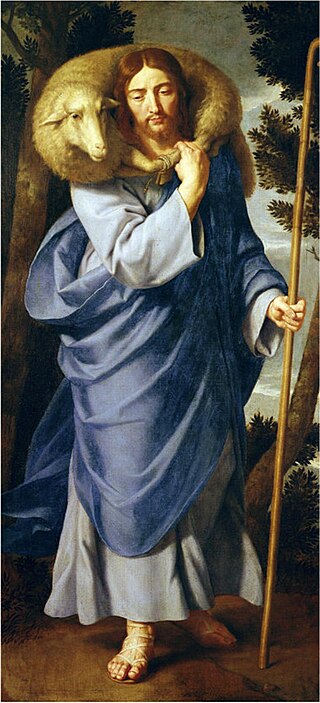
Ich bin ein guter Hirt, BWV 85, is a church cantata by Johann Sebastian Bach. He composed it in Leipzig for the second Sunday after Easter and first performed it on 15 April 1725.

Herr Gott, dich loben alle wir, BWV 130, is a chorale cantata by Johann Sebastian Bach for the Feast of archangel Michael. The oldest known version of the cantata (BWV 130.1) was performed on that feast day in 1724 during Bach's second year in Leipzig. The cantata is scored for SATB soloists and choir, three trumpets, timpani, traverso, three oboes, strings and continuo.
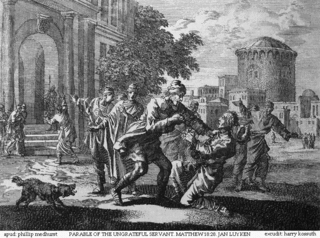
Johann Sebastian Bach composed the church cantata Mache dich, mein Geist, bereit, BWV 115, in Leipzig for the 22nd Sunday after Trinity and first performed it on 5 November 1724. The chorale cantata is based on the hymn by Johann Burchard Freystein (1695).

Johann Sebastian Bach composed the church cantata Wohl dem, der sich auf seinen Gott, BWV 139, in Leipzig for the 23rd Sunday after Trinity and first performed it on 12 November 1724. The chorale cantata is based on the hymn by Johann Christoph Rube (1692).

Johann Sebastian Bach composed the church cantata Es reißet euch ein schrecklich Ende, BWV 90, in Leipzig for the 25th Sunday after Trinity and first performed it on 14 November 1723.
Miriam Feuersinger is an Austrian soprano.
Norbert Zeilberger was an Austrian organist, harpsichordist and pianist.
References
- ↑ Daniel Johannsen tenor on Operabase
- ↑
- Daniel Johannsen bei All of Bach der Nederlandse Bachvereniging
- ↑ Produktinformationen Archived 2017-10-29 at the Wayback Machine on the website of the J. S. Bach-Stiftung, retrieved 20 October 2020.
- ↑ Produktinformationen Archived 2016-01-18 at the Wayback Machine auf der Website der J. S. Bach-Stiftung, retrieved 20 October 2020.
- ↑ Produktinformation Archived 2018-04-06 at the Wayback Machine on the website of the J. S. Bach-Stiftung, retrieved 20 October 2020.
- ↑ ein ungefärbt gemüte on Webarchiv (PDF)